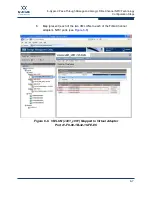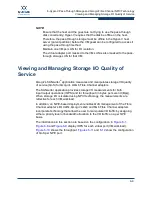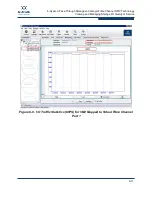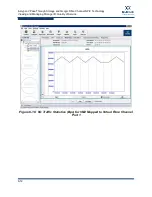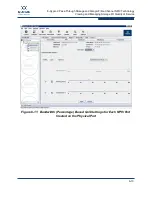
6-1
6
Hyper-V Pass-Through
Storage and QLogic Fibre
Channel NPIV Technology
Overview
A Hyper-V host server running Windows Server 2008 R2 supports several types
of storage connectivity options, including direct-attached storage (SATA, SAS)
and SAN storage (Fibre Channel, iSCSI). After the storage disks are exposed to
the host, they can be exposed to the guest virtual machine (VM) in different
ways.
Part I
of this document describes the creation of a virtual hard disk (VHD) file on
the host server and exposing it as a VHD to the guest VM. An additional storage
option is the
pass-through disk
, which enables the guest VM to bypass the host‘s
file system and access a disk directly. With this option, there is no restriction to
the VHD size limit (2040GB); in addition, the storage can be a physical hard disk
on the host or a LUN on a Fibre Channel SAN.
The advantages of the pass-through disk option include storage exceeding the
VHD size limit of 2040GB, and higher storage I/O performance compared to the
VHD. However, with Windows Server 2008 R2, the performance differential
between the two options is lower than with Windows Server 2008 SP1.
Follow these links to learn about storage options in Microsoft Windows
Server 2008 R2 Hyper-V:
http://technet.microsoft.com/en-us/library/ee344823(WS.10).aspx
http://technet.microsoft.com/en-us/library/dd183729(WS.10).aspx
Summary of Contents for Fibre Channel NPIV Storage Networking Guide
Page 10: ...I Deployment Best Practices for NPIV SAN Migration I 2 Notes...
Page 18: ...1 Introduction NPIV VMM2008 R2 SAN Migration Steps 1 8 Notes...
Page 54: ...II Resolving Fibre Channel Adapter Saturation on Hyper V Workloads II 2 Notes...
Page 60: ......
Page 62: ...III Using the Hyper V Pass through Disk Option III 2...
Page 77: ......





















